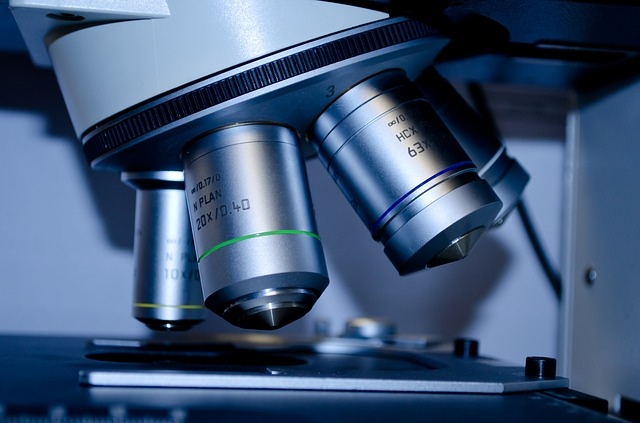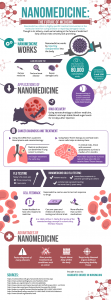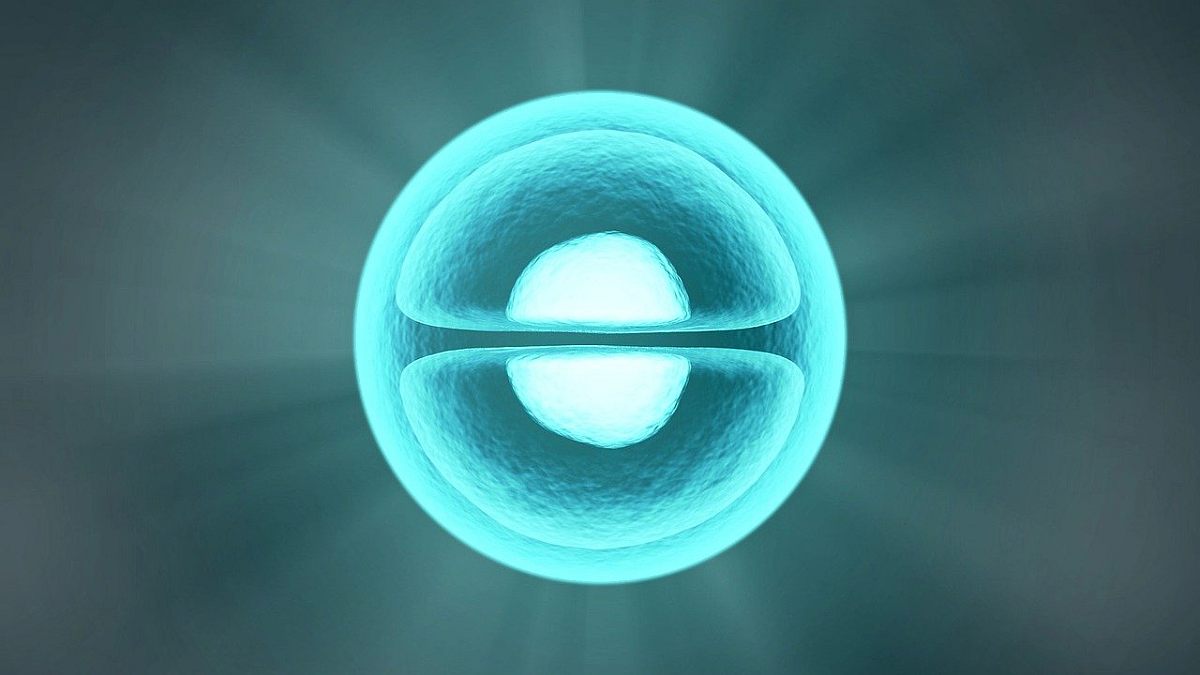Without a doubt, the idea of nanotechnology is having a major impact on many aspects of life. It is already being used in products in a passive form, such as cosmetics and sunscreens, but it is expected that in the coming decades, the developments in nanotechnology will have far-reaching implications.

One area of nanotechnology application that is particularly promising is medicine. The technology is already being used as the basis for new, more effective drug delivery systems and is already in the early stages of assisting with nerve regeneration research.
Moreover, the hope is that soon, among other things, nanotechnology will lead to breakthroughs in terms of detecting, diagnosing, and treating various forms of cancer. Already, nanotechnology is having a major impact on medicine and the treatment of disease, and the future of this technology promises us a radically different approach to medicine.
What is Nanotechnology?
Nanotechnology is essentially the manipulation of matter on an atomic and molecular scale. Generally, materials, devices, or other structures can be developed with the help of nanoparticles on the particle size scale of 1 to 100 nanometres. The difference between regular particles and nanoparticles will be, of course, that humans can control their actions.
Nanomedicine
Nanomedicine is the science and technology of diagnosing, treating, and preventing disease and traumatic injury. Relieving pain and preserving or improving human health are the primary goals, and will be realised using nanoscale structured materials, biotechnology, genetic engineering, and eventually complex analytical instruments and nanorobots. Nanomedicine will enable individual treatment of organs, bones and any other type of body tissue, helping to diagnose and treat on a cell-by-cell basis at the molecular level.
1. Nanodiagnostics. This area of nanomedicine will use nanoparticles for early disease identification or predisposition at the cellular and molecular level. The hope is that nanoparticles can work inside the body to identify the early presence of a disease and to identify and quantify toxic molecules or tumour cells.
2. Regenerative Medicine. This is an emerging field that looks for the reparation, improvement, and maintenance of cells, tissues, and organs by applying cell therapy and tissue engineering methods. Nanoparticles can interact with cell components, manipulate cell proliferation and differentiation, and produce extracellular matrices.
3. Surgical Nanorobotics. A surgical nanorobot that is guided by a human surgeon could act in a semiautonomous way, and provide the eyes that a surgeon needs to see detailed aspects of the human body. Such a device could perform various functions such as searching for pathology and then correcting lesions – acts that are coordinated by the surgeon on a computer.
4. Nanodentistry. Potential treatment possibilities include local anesthesia, dentition renaturalisation, permanent hypersensitivity cure, complete orthodontic realignments, improving enamel, and continuous oral health maintenance using mechanical nanorobots. The dentist can control the functions of nanorobots, as they crawl or swim through human tissue to monitor, interrupt, or alter nerve impulse traffic in individual nerve cells in real-time.
Hopes for the Future
The availability of molecular nanotechnology will permit dramatic progress in terms of medical problems and will use molecular knowledge to maintain and improve human health on the molecular scale. Within 10-20 years, it should be possible to construct machines on the micrometer scale, made up of parts on the nanometre scale, possibly including robotic components.
Nanocomputers will be in charge of activating, controlling, and deactivating nanoparticles, and will also store and execute mission plans, receive and process signals and stimuli, communicate with other nanocomputers, and possess contextual knowledge to promote good functioning of nanoparticles. This type of technology has enormous medical and dental applications and will be the next big thing in medical science.



Leave a Reply